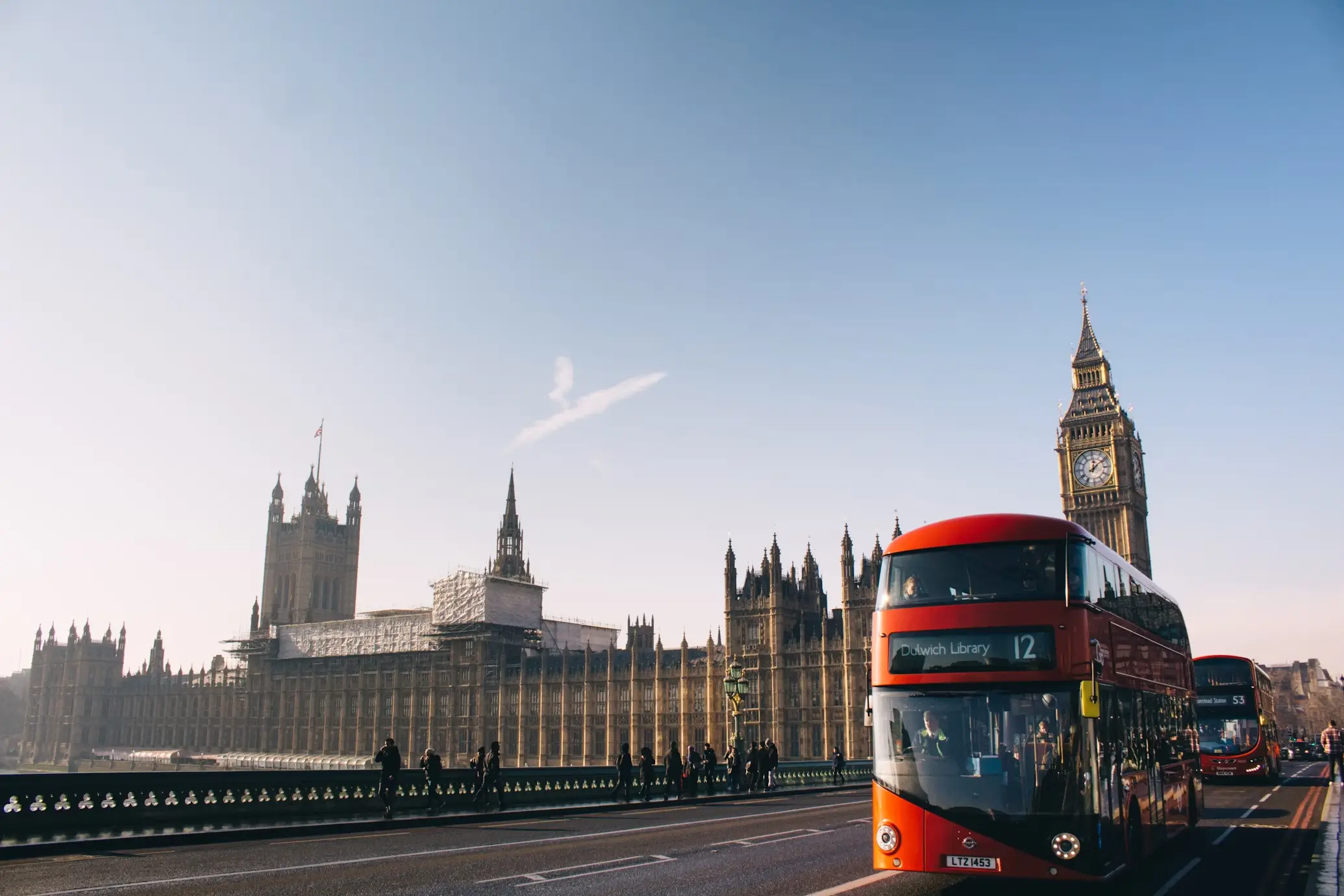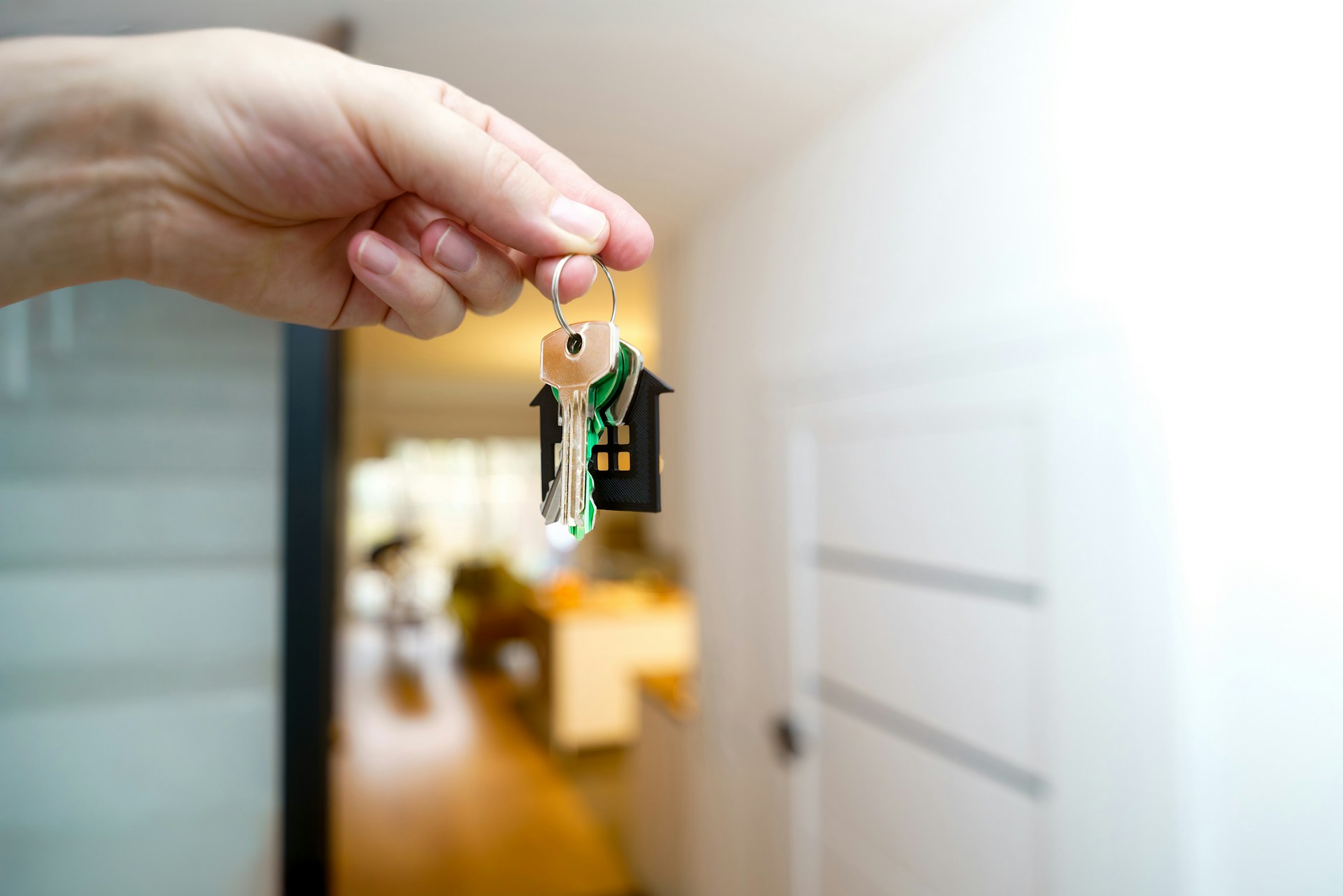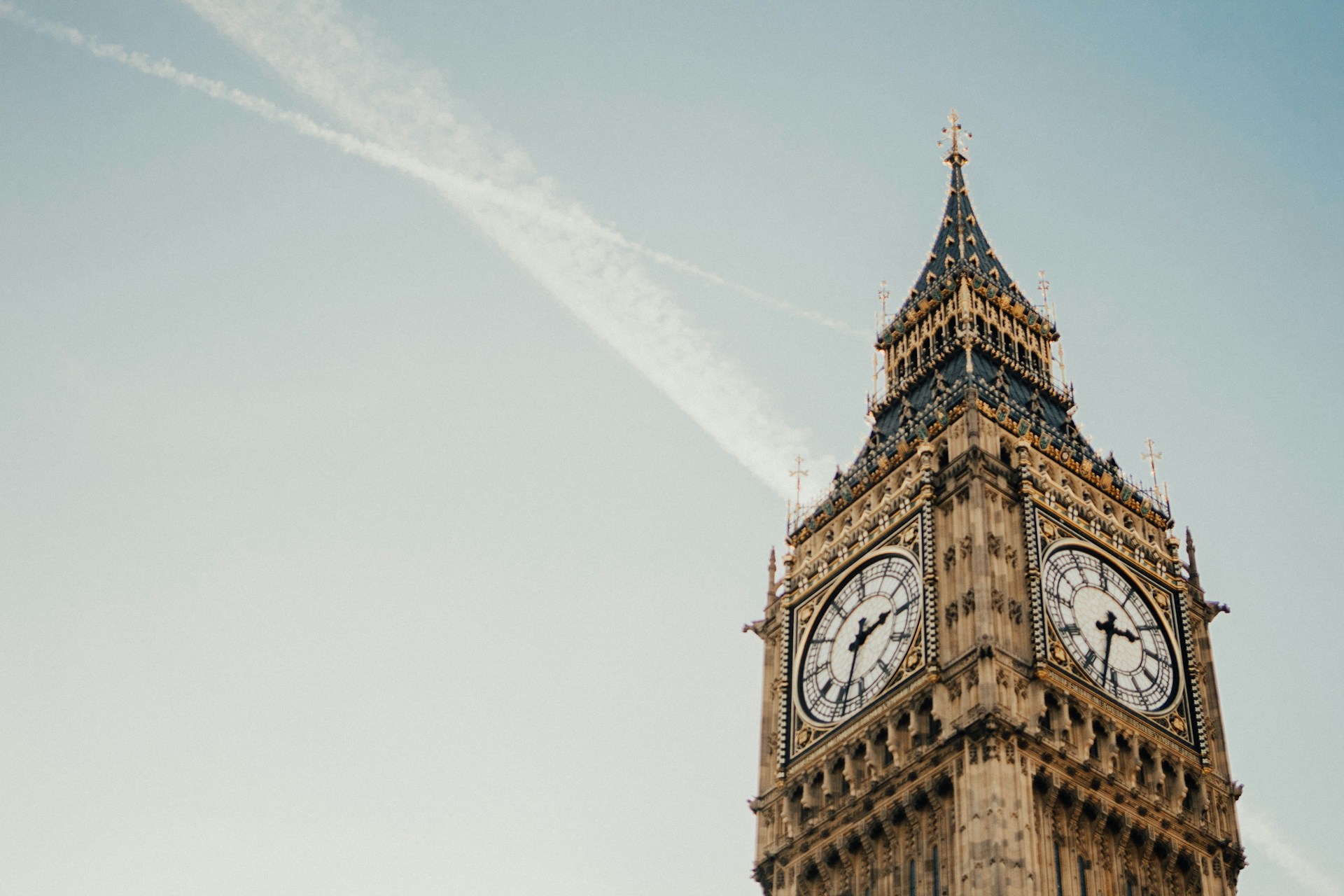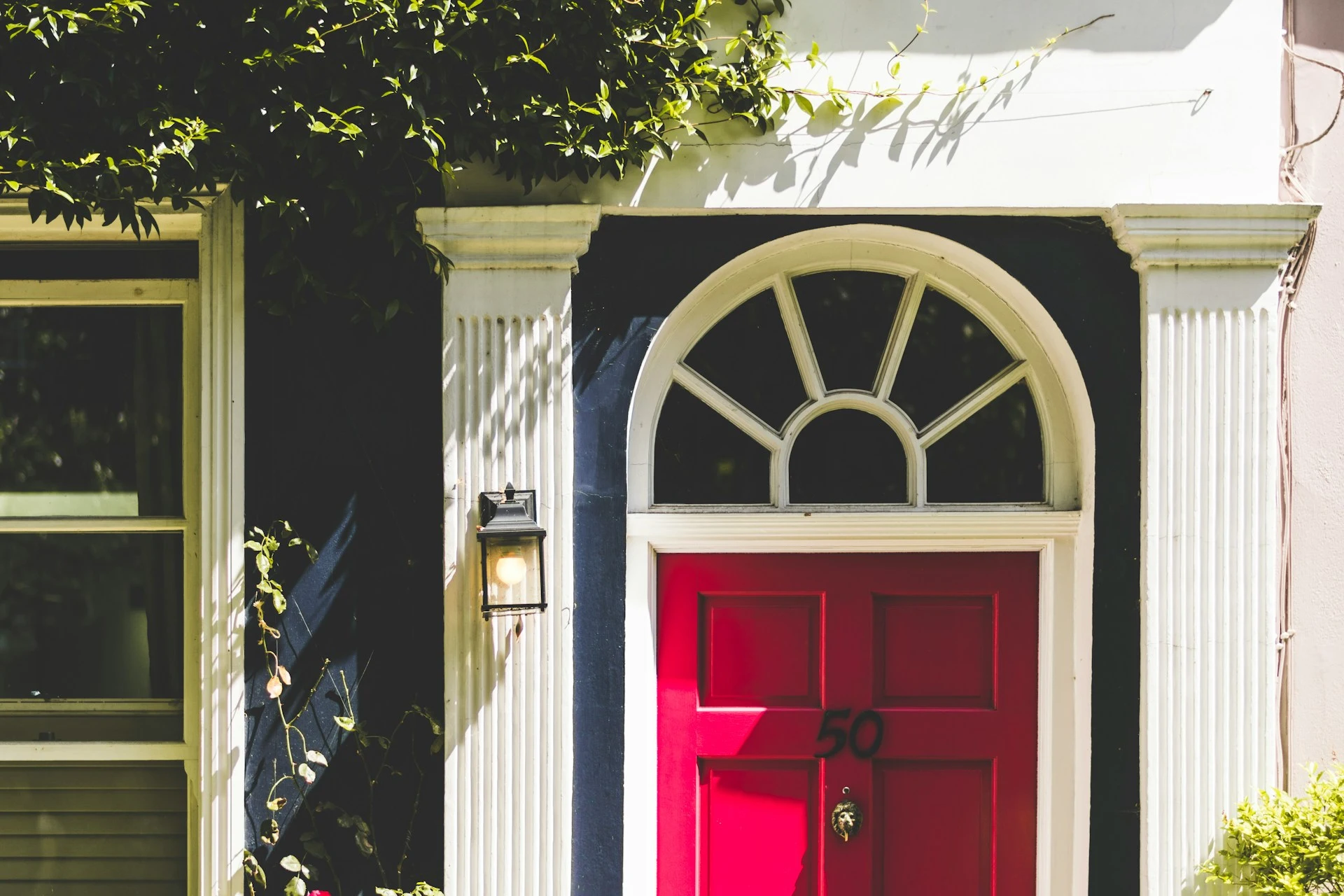Buying a new property in the UK comes with Stamp Duty Land Tax (SDLT). It refers to the tax paid when you buy a property or land in the UK or Northern Ireland, which is more than £125,000 or £300,000 if you are a first-time home buyer. The stamp duty rates change from 2% to 12%, depending on the price of the property you purchase.
At this point, you might be wondering whether you can avoid paying stamp duty. In this article, we will show you how you can do it, along with the necessary information you need to know.
What is Stamp Duty Land Tax?
When you buy a property or land in the UK and Northern Ireland, you have to pay a tax called Stamp Duty Land Tax. However, this taxation only applies to purchases over £125,000. Note that leasehold and freehold properties are also included.
However, there is a different taxation for properties bought in Wales and Scotland. In Scotland, you are responsible for Land and Buildings Transaction Tax, while Land Transaction Tax in Wales is available instead of Stamp Duty Land Tax.
Stamp Duty Tax for a First-Time Buyer
If you are a first-time home buyer, you will be exempt from paying this tax on your purchases up to £300,000. You have to pay 5% tax between £300,000 and £500,000.
Nevertheless, if your purchase costs more than £500,000, you will not get any discount. You have to pay the normal tax rate.
How Much Stump Duty Tax?
There are various Stump Duty Tax rates proposed by HMRC. You will start paying for your purchases costing more than £125,000. To learn which one applies to you, you must check your property or land prices.
Stump Duty Tax Rates
| Property or Land Value | Stump Duty Tax (SDLT) Rate |
| Up to £125,000 | 0% (Exempt) |
| £125,001 to £250,000 | 2% |
| £250,001 to £925,000 | 5% |
| £925,001 to £1.5 million | 10% |
| Over £1.5 million | 12% |
Stamp Duty Calculator Example
To provide you with a clear idea about how to use the stamp duty calculator, here we have given you a simple example:
Stamp Duty Calculator for First-Time Buyers
Consider that you purchase a property that costs £550,000 in England, and this is your first home. In this case, stamp duty would be calculated as follows:
- 0% on the first £250,000 = £0
- 5% on the portion from £250,001 to £925,000 = £15,000
- Total SDLT = £15,000
Stamp Duty Calculator For Your Next Home
Accordingly, simply think of yourself as a second-home buyer, and if you buy a property that costs £550,000:
- 0% on the first £125,000 = £0
- 2% on the next £125,000 = £2,500
- 5% on the next £300,000 = £15,000
- Total SDLT: £17,500
Who Pays Stamp Duty?
Once you buy a property in England and Northern Ireland, you have to pay stamp duty tax. However, in some cases, you might pay less or nothing at all. This is called getting tax relief or an exemption.
Getting Tax Relief
You might get a tax discount when:
- Buying your first home
- Buying for a charitable purposes
- Your employer or local council is buying the property
- Doing something helpful for the community as a property developer
- Giving property to another company that is connected to it as a company
- Using the right to buy or buying as a part of social housing
- Part of a property investment fund
Above you see the list of occasions when you can get tax relief. In this process, if you are not paying tax, you still have to file a form to claim the relief. Note that there is no option for you to claim relief if you are buying multiple homes at once.
Getting Exemptions
Getting exemptions includes the time when you pay no tax at all and file no form when it comes to stamp duty taxes. It happens when:
- You do not pay any money for the property, it must be like a gift.
- It was left to you in a will.
- It is a divorce or the end of a civil partnership.
- It is super cheap, under £40,000.
- It is a lease for 7 years, but it costs less than £40,000, and the rent is under £1,000.
- It is a short lease (under 7 years) and the price is under the tax limit.
- You are using special finance rules, such as Sharia Law, and your bank has already paid the tax.
Stamp Duty on Second Home in the UK
After your main residence, you have to pay an extra 5% on your regular stamp duty rates for your additional property, whether it is a holiday home or a buy-to-let property. Note that Wales and Scotland may offer higher tax rates.
Imagine that you buy an additional property for your vacation home that costs £250,000. You have to pay an additional 5% on your regular tax rate, as it ends up being £15,000.
However, you can claim a stamp duty refunds if you sell your first home within three years. Besides, movable properties caravans, mobile homes, or houseboats, are excluded when it comes to stamp duty on the second property.
How to Avoid Second Home Stamp Duty?
If you do not want to pay the second home stamp duty surcharge, you can follow these basics:
- You can sell your main residence and claim your tax refund within 3 years after you purchase.
- You can transfer your ownership to another person.
- When you buy a property for less than £40,000, moveable or a mix of residential and non-residential.
- The property lease is for 7 years, or someone has it for at least 23 years left.
- You can increase your share in the property on condition that you have a 25% stake, reside in the property as your main residence for 3 years, or the property has at least 21 years left if you are exceeding your lease term.
Stamp Duty on Commercial Property
Do you have to pay stamp duty on commercial property in the UK? Well, it is required of property investors and businesses for purchases over £150,000. The rates are highlighted below the table:
| Property or Land Value | Stump Duty Tax (SDLT) Rate |
| Up to £150,000 | 0% |
| £150,001 to £250,000 | 2% |
| Above £250,000 | 5% |
As an example, when you purchase a commercial property that costs £400,000, the calculation should be like this:
- 0% on the first £150,000
- 2% on the remaining £100,000 – £2,000
- 5% on the final £150,000 – £7,500
- Total cost: £9,500
How to Avoid Stamp Duty on Commercial Property
To avoid paying taxes on your commercial property, you can follow the conditions below:
- Buy a property that costs less than £150,000
- You can prefer buying one that mixes residential and commercial properties.
- Rather than directly buying within one transaction, you can split.
- You can opt for separating fixtures and fittings.
- You can check if you have any relief that we stated in the relief section above.
Stamp Duty on Buy-to-Let
Considering to buy a buy-to-let property as a landlord? Then, it is best to know that you have to pay an 5% extra charge over purchases £40,000.
| Property or Land Value | Stump Duty Tax (SDLT) Rate |
| Up to £125,000 | 3% |
| £125,001 to £250,000 | 5% |
| £250,001 to £925,000 | 8% |
| £925,001 to £1.5 million | 13% |
| Over £1.5 million | 15% |
However, if it is the only property you own, you are exempt from this tax rate. At this point, you should also know that if you are a non-residential land owner, you will have to pay 2% additional fee on the extra charge.
Properties Exempt From Buy-to-Let Stamp Duty
There are some condition that causes exemption from buy-to-let properties:
- It is a moveable property
- It is a property that costs less than £40,000
- It is left to you in a will
- Ownership comes from a divorce or the end of a civil partnership
- Its lease is for 7 years, it cost less than £40,000, and its rent is under £1,000
Stamp Duty on Shares
Similar to Stamp Land Duty Tax, Stamp Duty on shares covers the purchase of shares or transfers. Typically, the tax rate is 0.5%. You can only avoid paying this tax on condition that:
- You purchase shares outside the UK market.
- You make a purchase of gilts or corporate bonds.
- When you buy shares from a company which first appears or new shares are purposed.
- When you sell your shares.
- When you buy AIM or ETFs
8 Ways to Avoid Paying Stamp Duty
No one wants to pay extra or higher rates. Here, we listed some of the basic steps for you to follow:
1. Know the Stamp Duty Thresholds
Start your home-buying process by knowing the stamp duty thresholds. As we stated above, up to £125,000, you are exempt from paying it. However, once you pass this threshold, every penny means a lot.
- £125,001 to £250,000: 2%
- £250,001 to £925,000: 5%
- £925,001 to £1.5 million: 10%
- Over £1.5 million: 12%
Considering the rate thresholds below, it would be better if you make your negotiations and find the best deal for yourself.
2. Take Advantage of First-Time Buyer Relief
If you are eligible, you could save money or avoid Stamp Duty entirely. It only applies for first-time buyers. According to this regulation, you can be exempt from paying stamp duty on your purchases up to £300,000. Besides, if your purchase is between £300,000 and £500,000, 5% will be your tax rate. If it exceeds this limit, you will lose your chance to get any exemption and your tax liability will stay.
3. Negotiate the Property Price
Don’t accept the first offer your landlord makes to you. Even a small reduction can keep your purchase under a key threshold and save thousands.
4. Pay Separately for Fixtures and Fittings
If the seller of the house plans to leave the furnitures in the property, you must be sure they are not included in the property place. Seperating fixtures and fittings can help you save lots of money. If they are included, you can simply ask to pay them separately.
5. Consider Moveable Property
If you buy a moveable property, you will be excluded from the taxation. These properties include caravans, mobile homes and house boats.
6. Buy a Cheaper Property
To follow up the tax rate thresholds, you must buy a cheaper property. Therefore, you will stay below the threshold and you can significantly reduce or eliminate your stamp duty liability.
7. Buy Out Your Partner Strategically
You might think end up your civil partnership or marriage, then you can buy the shares of your partner. Thus, you can find the loophole for stamp duty and avoid paying it.
8. Transfer Ownership Smartly
You can transfer your ownership between family members through a will or gift it. At this point, you must know that the property must be mortgage free. If it has, you have to pay stamp duty tax.
Frequently Asked Questions on Stamp Duty
What if I can’t afford stamp duty?
If you cannot afford to pay your stamp duty on time, you need to increase your mortgage to cover it up. If not, you have to pay interest rate.
How do I pay off stamp duty?
Usually, your stamp duty is paid by your solicitor or conveyancer. After getting your money, they will pay it until the completion day.
Can you buy a house without paying stamp duty?
If it is eligible for the exemption or relief regulations we mentioned above, yes, you can bay a house without paying it.
Can you claim stamp duty back?
On condition that you qualify for the exemption or relief, you can claim it back. You will need a one year starting from the filing date on the property.




